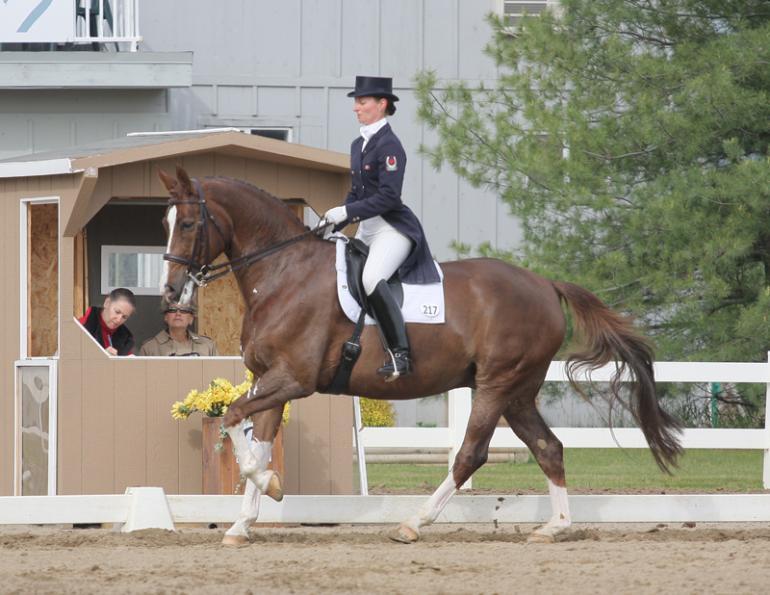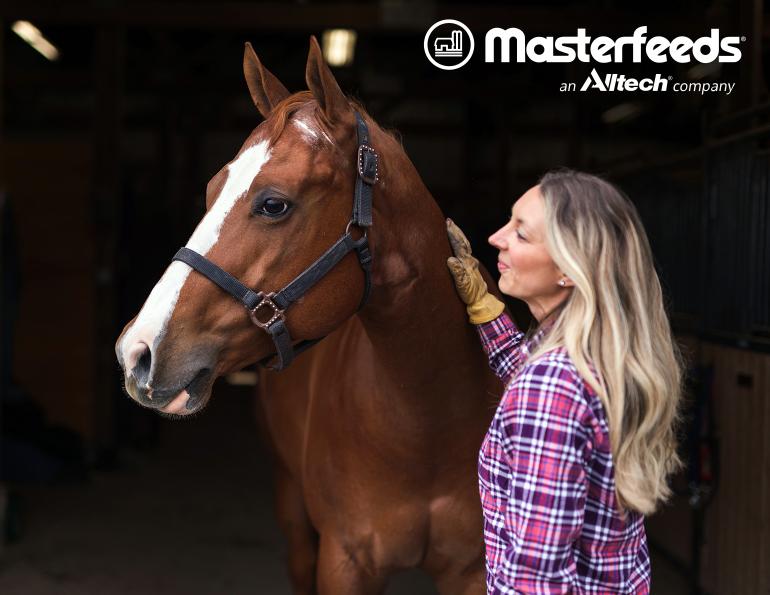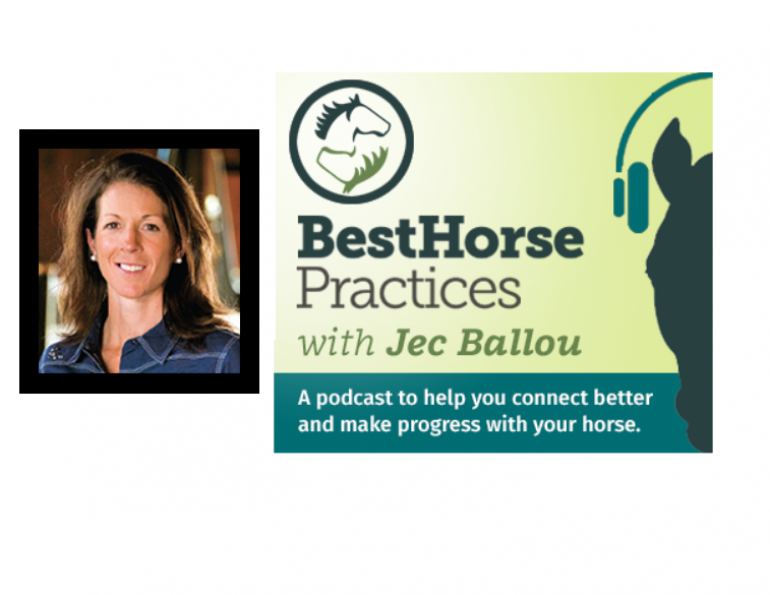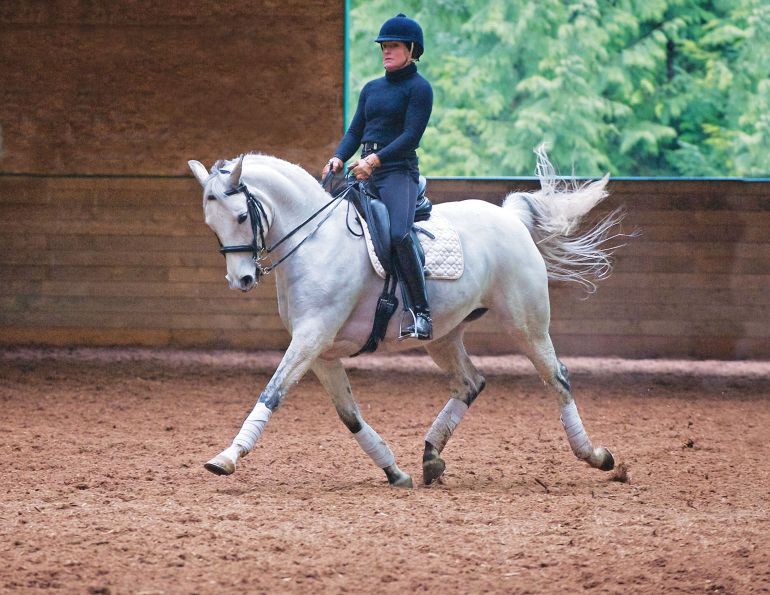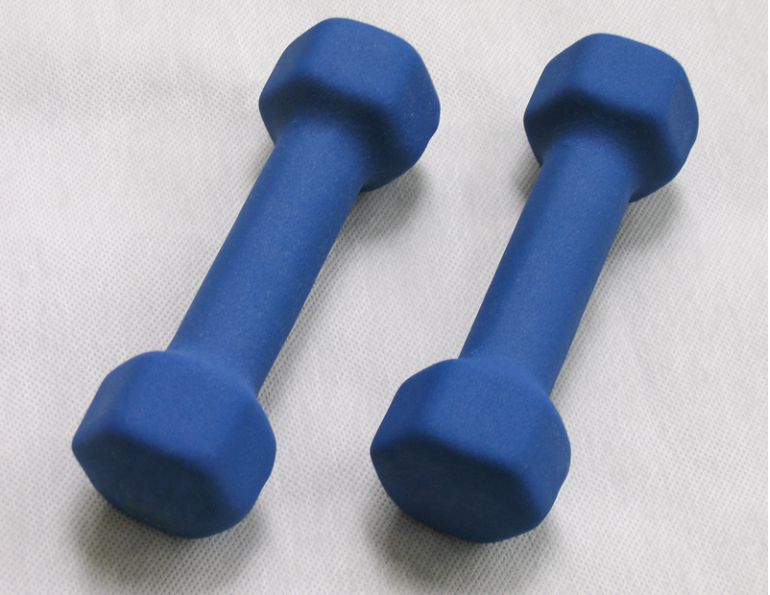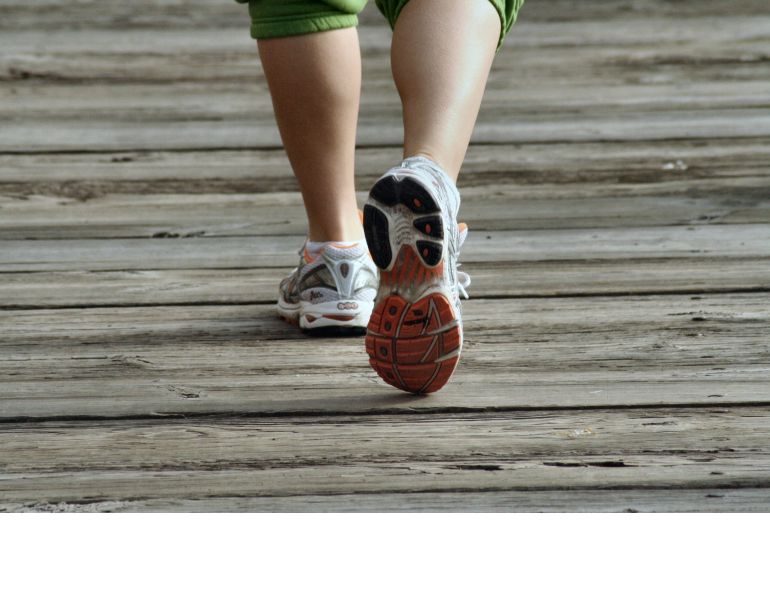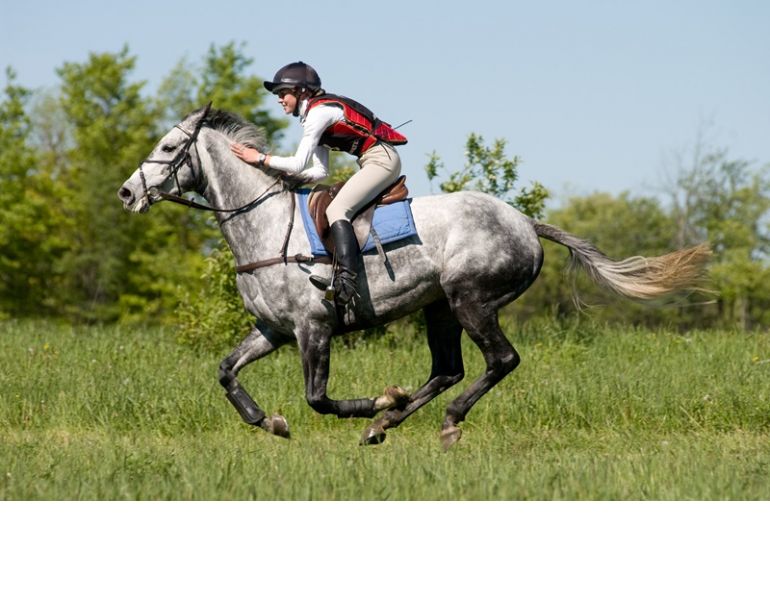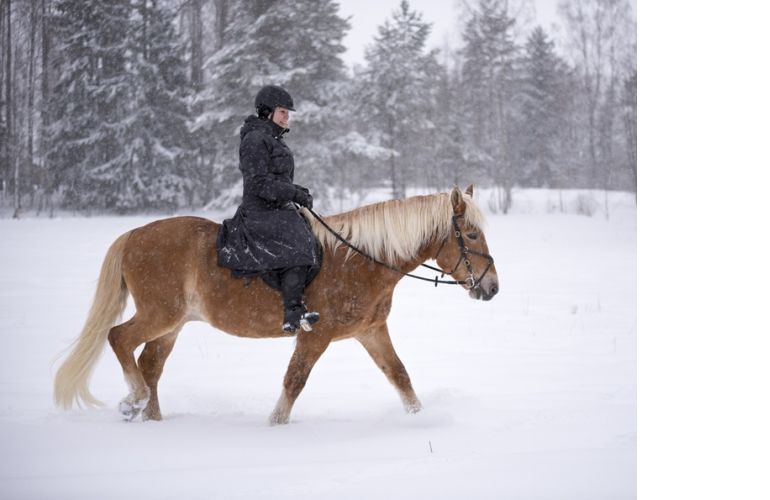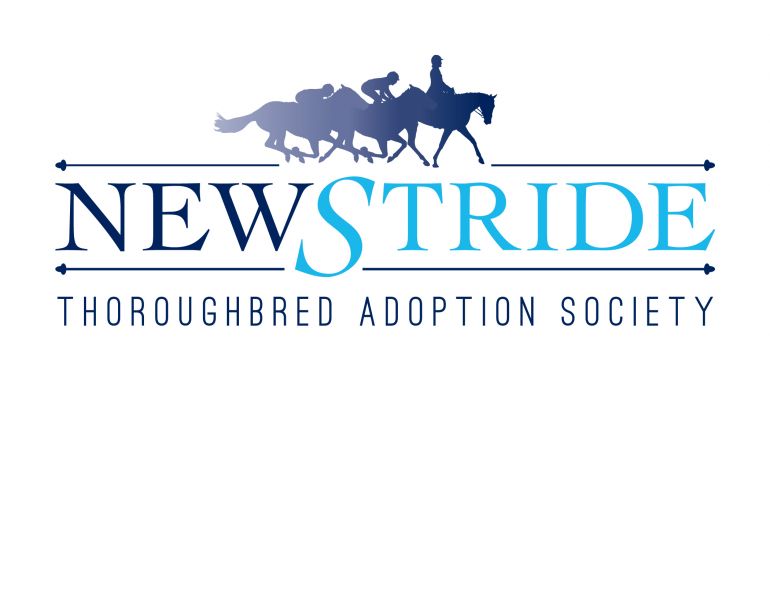Note: This article was published in May 2012, with all dates and details referenced applicable to the time it was published.
Interviewed by Heather Sansom
The success of the Canadian Equestrian Team at the Olympics is promoting recognition of riders as true athletes. It’s an exciting time, and a good time to discuss the athletic side of equestrian sport, particularly with Olympic team members.
The average age of equestrian team members tends to be higher than other sports because of the time it takes to develop the horses, the rider, and the teamwork between the two. Riding is one activity which is cumulative: as long as you are learning, you continue to mature and improve. Getting serious about it means signing up for the “long haul” in most cases. When an Olympic year is over, the rider is still an active athlete whether competing for another Olympic team spot or not.
Athletic training for riders differs from other sports. Off-horse conditioning or cross-training for riders is quite common in Europe, particularly at the competitive level. Here in North America many high level equestrian athletes incorporate cross-training into their program, but for most riders the idea is still just catching on.
This month, I had the privilege of interviewing three-time Olympic dressage team member Gina Smith about her views on equestrians as athletes. Smith and her horse Malte were a part of the Olympic dressage team that won bronze in Seoul, Korea in 1988, with team members Cindy Ishoy, Eva-Maria Pracht, and Ashley Nicoll. The 1988 Bronze was the last medal the Canadian dressage team has won to date. Gina is a highly sought after clinician and maintains an extensive travel schedule during the winter months, in addition to training and running her training business at Franklands Farm in Brockville, Ontario.
Heather: The biggest challenges to cross-training for riders seem to be the lack of information out there and finding time. Often the horse has a more complete training program than the rider, and yet your performance with your horse is clearly a team of two. When you trained in Europe, what types of cross-training were practiced commonly?
Gina: It depended on the person. We had a trainer come in to work with us. Everyone was a different shape and size, so we weren’t all told to go and do the same activities. For me, it was swimming for flexibility and some cycling for cardiovascular work. Other recommendations might have been walking, yoga, or other activities depending on the person.
Heather: What types of off-horse activities have you found to be helpful to your riding over the years?
Gina: I’d say definitely yoga and stretching.

It is important to cross-train with stretching and flexibility exercises as they are not something you can work on while riding a horse.
Heather: Your career has spanned several decades at this point. What changes in your off-horse training requirements have you observed over that time?
Gina:
Now flexibility is more of an issue than before, as well as maintaining core strength. Core strength can be worked on the horse to some degree, but flexibility cannot really be trained on the horse at all because you are contracting the muscles while you ride. I’ve also noticed that appropriate conditioning depends on the horses I’m working with. Each horse is also different, so the demand on your body may be different with each one. With one you may find you need more cardiovascular fitness, whereas another might need stronger legs. Different horses work your body differently just based on their shape as well. Some are narrow, some wide, some sluggish, and some hot. It makes a big difference to how you use your body.
Heather: It’s quite common to hear someone say “my riding keeps me fit,” but we know that riding is like any other sport in that it places specific and repetitive demand on the body, using some muscles more than others and so on. Over time, the demand and the imbalance add up. Best practice in sport conditioning (in any discipline) emphasizes the importance of training muscles you don’t necessarily use at all in your sport, so that you can achieve more efficient motion and not have uneven muscle and skeletal strains. Are there things about fitness you wish you’d known about earlier, and how would you have trained to help your body prepare?
Gina: I was always aware of the importance of balancing strength and flexibility evenly. You are forever learning, and when you’re teaching people, it’s important to treat each one’s needs differently – just like you would treat each horse differently. Everybody is a different size and shape and each person has different strengths.
Heather: You have the advantage of having ridden many disciplines, not just dressage. In an ideal workout for riders, what areas would you want to see incorporated?
Gina: I think event riders are more aware of the need for cardiovascular stamina. For dressage, flexibility is very important and you also have to be able to have a stable and strong core to sit quietly. It’s so important to be able to use your body, but not be tense to keep with your horse. Core strength without tension is what makes dressage look so easy. It looks like you’re sitting very still when in fact you are constantly using your core.
Heather: When a rider is really pressed for time and may have to compress their off-horse training, what areas would you say they should prioritize?
Gina: Stretching: yoga and flexibility exercises.
Heather: It’s so true that tension tends to cumulate, and has an immediate and negative impact on your self-carriage and stamina. Are there activities you would caution riders about due to potential conflict between the way their body will respond to that activity, and their riding requirements?
Gina: If it’s your job to ride, it’s important not to play other rigorous sports which place you at risk for injury. Cross-training should be helpful to your sport. I’ve seen too many riders unable to ride because of injuries from skiing and playing other team sports. If you want to focus on riding, other activities should be minimized or moderate. Your first priority is not to get injured so you can keep riding. It’s also about keeping your focus. If you’re serious about your riding, you only have so much other time available for other things.
Heather: Studies show that the population is significantly less active than it used to be, and this may contribute to lower levels of general athletic ability and body awareness, particularly among young people. How have you seen this trend affect young riders’ ability in the saddle, or accident occurrence?
Gina: Usually, young riders who are really focused on their riding have the ability in the saddle. However, there are also those that want to ride, but aren’t as focused and don’t have the fitness required. They may be overweight or underweight and not have the stamina required. Physical activity levels are a lot lower than they used to be. Also there are so many choices that kids often don’t spend enough time riding, and therefore don’t progress as quickly as a rider who is more focused. If you’re doing a lot of everything, then you aren’t giving the time to your riding.

Individuals should tailor cross-training programs according to their discipline, body type, age, and other factors. However, for those truly invested in riding, it’s important not to participate in other sports that may put you at risk for injury.
Heather: What advice would you give parents to help their children with their long term potential athletic development?
Gina: I was very lucky to have parents that supported me in my riding, but it was always my decision to continue or not. Remember that if your child loses interest, then you as a parent are then responsible for a live animal. We leased at first. I think it’s important to support your child, but be careful not to push them according to your own agenda. When my father bought my first Grand Prix horse, he had already observed my commitment over the years. That horse was Malte, the horse I took to the Olympics in 1988.
Heather: What advice would you give young riders today to give them the best advantage they can as athletes?
Gina: I’d say sticking to it through thick and thin because there are always ups and downs on any road. Look at your long term goal, and think about what’s going to happen afterwards. Stay focused on being the best you can possibly be at whatever level you are at. People are often so focused on getting on a team or winning a prize. Making a team or winning the prizes comes as a by-product of being the best athlete you can be, consistently.
Heather: What advice would you give to older, middle-aged amateur riders who just want to enjoy their riding for as long as they can in life?
Gina: I think it’s most important to have an instructor that understands your needs, and a horse that meets your needs and goals. For example, if you can only ride three days a week, you do not need to have a horse that must be ridden six. There are comfortable, good tempered horses that meet some riders’ needs adequately without being over-horsed or under-horsed.
Heather: What do you include in your own off-horse conditioning these days?
Gina: I do some strength training, some cardio, and focus on daily flexibility work.
Heather: You’re on the road a lot because of your work conducting clinics and the competition schedule. There are many lightweight exercise tubes and bands, and all kinds of bodyweight exercises that people can do without ever setting foot in a gym. What’s your strategy for maintaining your training when you’re on the road?
Gina: I fit in as much stretching as I can. I can only get exercises done which do not require a gym, such as core work. Sitting in airplanes and sitting teaching in a cold arena is very hard on my body. I notice the difference in my riding even after two days away.
Heather: What recommendations can you make for riders who are travelling a lot, or can’t get to a gym?
Gina: I think it’s very important to eat well and sleep well, especially when you can’t fit in a lot of exercise because of the travel. Taking time for yourself to get rest when you’re travelling is very important.
Heather: A lot of very young riders are attracted to riding because it doesn’t involve running and other sport type activities. Riding also attracts a lot of girls, and girls struggle through a lot of self-esteem and body image issues. Not every child can win an Olympic medal, but there’s something magical about that Olympic hope and the effort that goes into each child’s being the best they can be. How can parents leverage a child’s interest in riding to help a child develop good lifelong health habits and healthy self-esteem?
Gina: Certainly instilling good eating habits is very important. Be supportive of the child’s training to the best of their ability, knowing that things may go wrong. Keep finding something positive in experiences. Your child may be a late bloomer. If you stick with it long enough, you will achieve. Stick-to-itiveness is a way of life that your child can develop through riding, even if they do not go on to an Olympic team. Instill awareness that with horses, the factors include nutrition, training, and other conditions. If your child wants his horse to be his best, you’ll take care of the horse properly. If you don’t do the same for yourself, you can’t get the horse to work at his best.
Related: Dressage Symposium with Christoph Hess
Related: Pony Club - Incubating Canada's High-Performance Riders
To read more by Heather Sansom on this site, click here.
Note: This article was published in May 2012, with all dates and details referenced applicable to the time it was published.
Main photo: Gina Smith rides Frappuccino, one of her current FEI level horses competing at Prix St. George, in Palgrave, Ontario in June, 2008. Smith cross-trains in order to keep herself fit for competition. Courtesy of Heather Sansom



